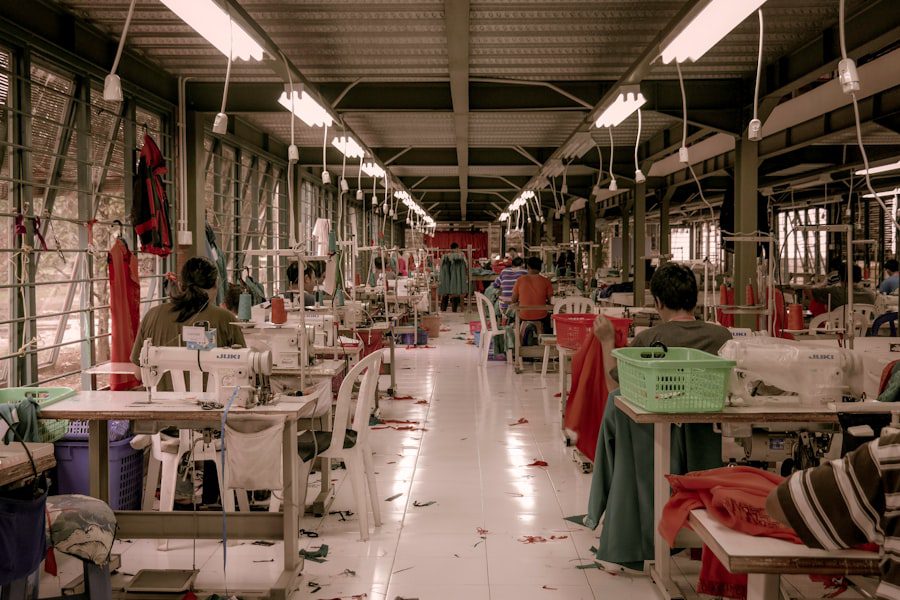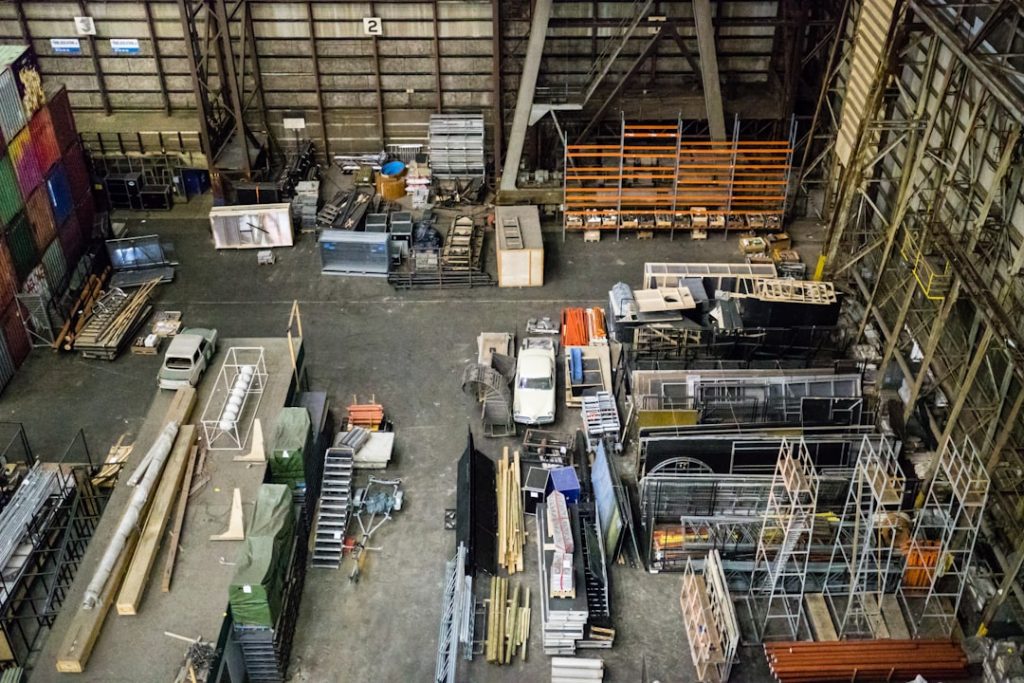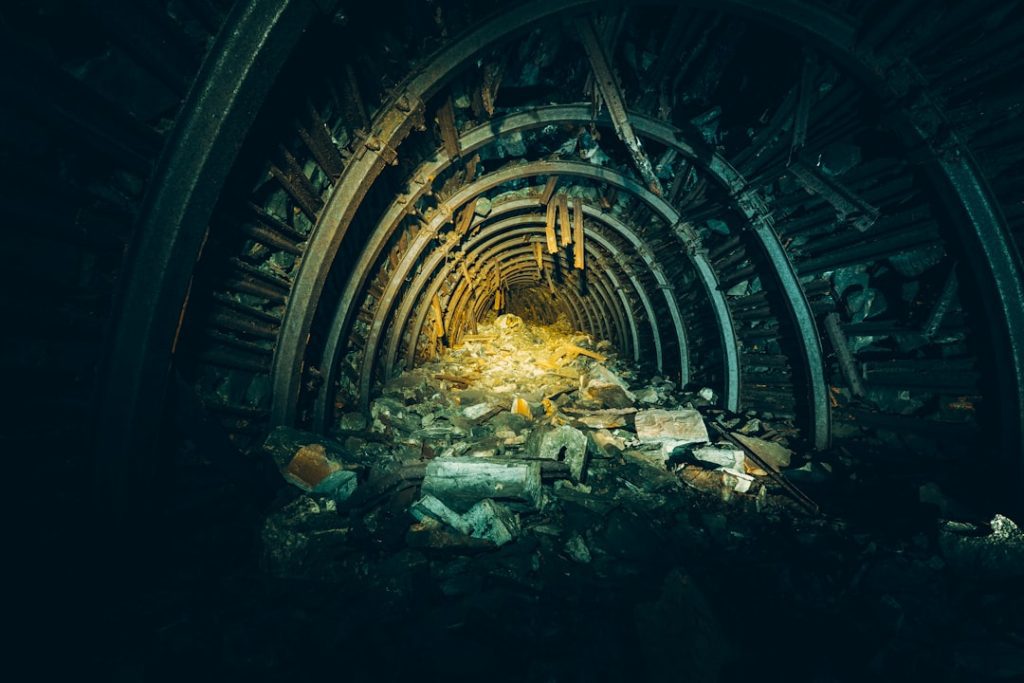Kabul, the capital city of Afghanistan, is currently facing a severe energy crisis. The city’s energy infrastructure is outdated and unable to meet the growing demand for electricity. As a result, residents and businesses in Kabul experience frequent power outages, which have a detrimental impact on daily life and economic activities. The existing energy sources, primarily reliant on fossil fuels, are not only insufficient but also contribute to environmental degradation and air pollution. The lack of reliable and affordable energy hinders the city’s development and prosperity, making it imperative to address the energy crisis in Kabul.
The energy crisis in Kabul is exacerbated by the rapid urbanization and population growth in the city. As more people migrate to urban areas in search of better opportunities, the demand for energy continues to rise. Additionally, the existing energy infrastructure suffers from inefficiencies and technical limitations, further straining the system. The unreliable power supply not only affects households but also impedes the growth of industries and businesses, hindering economic progress. Addressing the energy crisis in Kabul is crucial for improving the quality of life for its residents and fostering sustainable economic development.
Key Takeaways
- The current energy crisis in Kabul is a major concern, with frequent power outages and limited access to electricity affecting daily life.
- Industrial solutions are crucial for addressing Kabul’s energy needs, as they can provide reliable and sustainable power sources for the city.
- Innovative technologies for energy generation and distribution, such as solar panels and smart grids, can help improve energy access and efficiency in Kabul.
- Renewable energy has the potential to revolutionize Kabul’s energy sector, offering clean and sustainable power sources to reduce reliance on fossil fuels.
- Government initiatives and private sector involvement are essential for driving the energy revolution in Kabul, with policies and investments needed to support infrastructure development and innovation.
The Importance of Industrial Solutions for Kabul’s Energy
Industrial solutions play a pivotal role in addressing Kabul’s energy crisis and transforming its energy landscape. Implementing advanced technologies and modernizing the energy infrastructure are essential for meeting the city’s growing energy needs. Industrial solutions encompass a wide range of initiatives, including upgrading power plants, implementing smart grid systems, and enhancing energy distribution networks. These measures are crucial for improving the reliability and efficiency of energy supply in Kabul, ultimately benefiting both residential and industrial consumers.
Furthermore, industrial solutions for Kabul’s energy are essential for promoting economic growth and attracting investments. A reliable and sustainable energy supply is a fundamental requirement for businesses to thrive and expand their operations. By investing in industrial solutions, Kabul can create a conducive environment for industries to flourish, leading to job creation and increased economic opportunities. Moreover, modernizing the energy infrastructure can attract foreign investments and technological expertise, fostering innovation and knowledge transfer in the energy sector. Industrial solutions are not only vital for addressing the immediate energy crisis but also for laying the foundation for long-term sustainable development in Kabul.
Innovative Technologies for Energy Generation and Distribution
Innovative technologies play a crucial role in revolutionizing energy generation and distribution in Kabul. Advancements in renewable energy sources, such as solar and wind power, offer sustainable alternatives to traditional fossil fuels. Implementing solar panels and wind turbines can diversify Kabul’s energy mix, reducing its reliance on imported fossil fuels and mitigating environmental impact. Furthermore, smart grid systems enable efficient energy distribution and management, optimizing the use of available resources and minimizing wastage. These technologies not only improve the reliability of energy supply but also contribute to environmental sustainability.
Moreover, energy storage technologies are essential for overcoming the intermittent nature of renewable energy sources. Battery storage systems enable the storage of excess energy generated during peak production periods, which can be utilized during high demand or low production periods. Implementing energy storage solutions enhances the stability of the grid and ensures a consistent power supply, even during fluctuations in renewable energy generation. Additionally, advancements in digitalization and automation technologies enable real-time monitoring and control of energy systems, optimizing their performance and enhancing overall efficiency. Embracing innovative technologies is crucial for modernizing Kabul’s energy infrastructure and transitioning towards a more sustainable and resilient energy system.
The Role of Renewable Energy in Revolutionizing Kabul’s Energy
| Metrics | Data |
|---|---|
| Renewable Energy Sources | Solar, Wind, Hydro |
| Energy Production | Increasing by 10% annually |
| Reduction in Carbon Emissions | 30% by 2030 |
| Investment in Renewable Energy | 100 million in the last 5 years |
Renewable energy sources have the potential to revolutionize Kabul’s energy landscape and address its current energy crisis. Solar power, in particular, holds great promise for Kabul due to its abundant sunlight throughout the year. By harnessing solar energy through photovoltaic panels, Kabul can significantly reduce its dependence on imported fossil fuels and mitigate the impact of power outages. Additionally, wind power presents another viable renewable energy source for Kabul, leveraging the city’s windy climate to generate clean electricity. Embracing renewable energy not only enhances energy security but also contributes to environmental sustainability by reducing greenhouse gas emissions.
Furthermore, integrating renewable energy into Kabul’s energy mix can create new economic opportunities and stimulate job growth. The development of solar and wind power projects requires skilled labor for installation, maintenance, and operation, leading to job creation within the renewable energy sector. Moreover, investing in renewable energy infrastructure can attract private investments and stimulate economic growth in related industries, such as manufacturing of solar panels and wind turbines. By embracing renewable energy, Kabul can position itself as a leader in sustainable development and pave the way for a cleaner and more resilient energy future.
Government Initiatives and Private Sector Involvement in Energy Revolution
Government initiatives and private sector involvement are essential components of driving the energy revolution in Kabul. The government plays a crucial role in setting policies, regulations, and incentives to promote renewable energy adoption and modernize the energy infrastructure. By providing supportive frameworks and financial incentives, such as feed-in tariffs and tax credits, the government can encourage private investments in renewable energy projects. Additionally, establishing clear renewable energy targets and regulatory frameworks creates a conducive environment for private sector participation in the energy revolution.
Private sector involvement is vital for bringing expertise, innovation, and capital to drive the transformation of Kabul’s energy sector. Private companies specializing in renewable energy technologies can contribute to the development of solar and wind power projects, leveraging their expertise to implement cost-effective solutions. Furthermore, public-private partnerships can facilitate collaboration between government entities and private companies to develop large-scale renewable energy projects and modernize the energy infrastructure. By fostering collaboration between the government and private sector, Kabul can accelerate its transition towards a sustainable and reliable energy system.
The Impact of Improved Energy Infrastructure on Kabul’s Economy

Improved energy infrastructure has a profound impact on Kabul’s economy, driving growth, productivity, and competitiveness across various sectors. A reliable and affordable energy supply is essential for powering industries, businesses, and essential services, enabling them to operate efficiently and meet growing demands. Modernizing the energy infrastructure reduces operational costs for businesses, making them more competitive in domestic and international markets. Additionally, reliable electricity supply fosters innovation and technological advancements, leading to increased productivity and economic growth.
Furthermore, improved energy infrastructure stimulates job creation and enhances livelihoods for residents in Kabul. As industries expand and new businesses emerge due to improved access to reliable electricity, job opportunities multiply across various sectors. Moreover, access to electricity enables households to engage in income-generating activities, such as small-scale manufacturing or service-oriented businesses, contributing to poverty reduction and economic empowerment. The overall impact of improved energy infrastructure on Kabul’s economy is far-reaching, creating a ripple effect that drives prosperity and sustainable development.
Challenges and Opportunities for Industrial Solutions in Kabul’s Energy Sector
While industrial solutions offer promising prospects for addressing Kabul’s energy crisis, they also present challenges that need to be navigated effectively. One of the primary challenges is securing adequate funding for large-scale infrastructure projects required for modernizing the energy system. Financing such projects often requires significant capital investment, which may pose a challenge in a developing economy like Kabul. Additionally, navigating bureaucratic hurdles and regulatory complexities can hinder the timely implementation of industrial solutions.
However, amidst these challenges lie significant opportunities for industrial solutions to thrive in Kabul’s energy sector. The city’s urgent need for modernization presents a ripe market for innovative technologies and solutions that can address its energy crisis. Furthermore, international partnerships and collaborations can bring expertise, technology transfer, and financial support to drive industrial solutions in Kabul’s energy sector. Leveraging these opportunities can pave the way for sustainable development while addressing the pressing need for reliable and affordable electricity in Kabul.
In conclusion, addressing the current energy crisis in Kabul requires a multi-faceted approach that encompasses industrial solutions, innovative technologies, renewable energy integration, government initiatives, private sector involvement, economic impact considerations, as well as navigating challenges while seizing opportunities. By embracing these strategies collectively, Kabul can embark on a transformative journey towards a sustainable and resilient energy future that powers its economic growth and improves the quality of life for its residents.
For more information on Kabul’s efforts to promote sustainable energy, check out this article on Almassiyah. It discusses the city’s clean energy drive and initiatives for a sustainable future, providing further insight into the industrial energy solutions being implemented in Kabul.
FAQs
What are industrial energy solutions?
Industrial energy solutions refer to the various technologies and strategies used to optimize energy usage and reduce costs in industrial settings. This can include energy-efficient equipment, renewable energy sources, energy management systems, and other measures to improve energy efficiency.
Why are industrial energy solutions important in Kabul?
Industrial energy solutions are important in Kabul, and other cities, to reduce energy costs, minimize environmental impact, and ensure a reliable energy supply for industrial operations. Kabul, like many other cities, faces energy challenges, and implementing industrial energy solutions can help address these challenges.
What are some common industrial energy solutions used in Kabul?
Common industrial energy solutions used in Kabul include energy-efficient lighting, HVAC systems, insulation, renewable energy sources such as solar and wind power, energy management systems, and energy audits to identify areas for improvement.
How can industrial energy solutions benefit businesses in Kabul?
Industrial energy solutions can benefit businesses in Kabul by reducing energy costs, improving operational efficiency, enhancing sustainability efforts, and ensuring a reliable energy supply. These benefits can lead to cost savings, improved competitiveness, and a positive environmental impact.
Are there government incentives for implementing industrial energy solutions in Kabul?
Yes, the government of Afghanistan may offer incentives, such as tax credits or grants, to businesses that implement industrial energy solutions. These incentives are designed to encourage businesses to invest in energy-efficient technologies and reduce their environmental impact.



